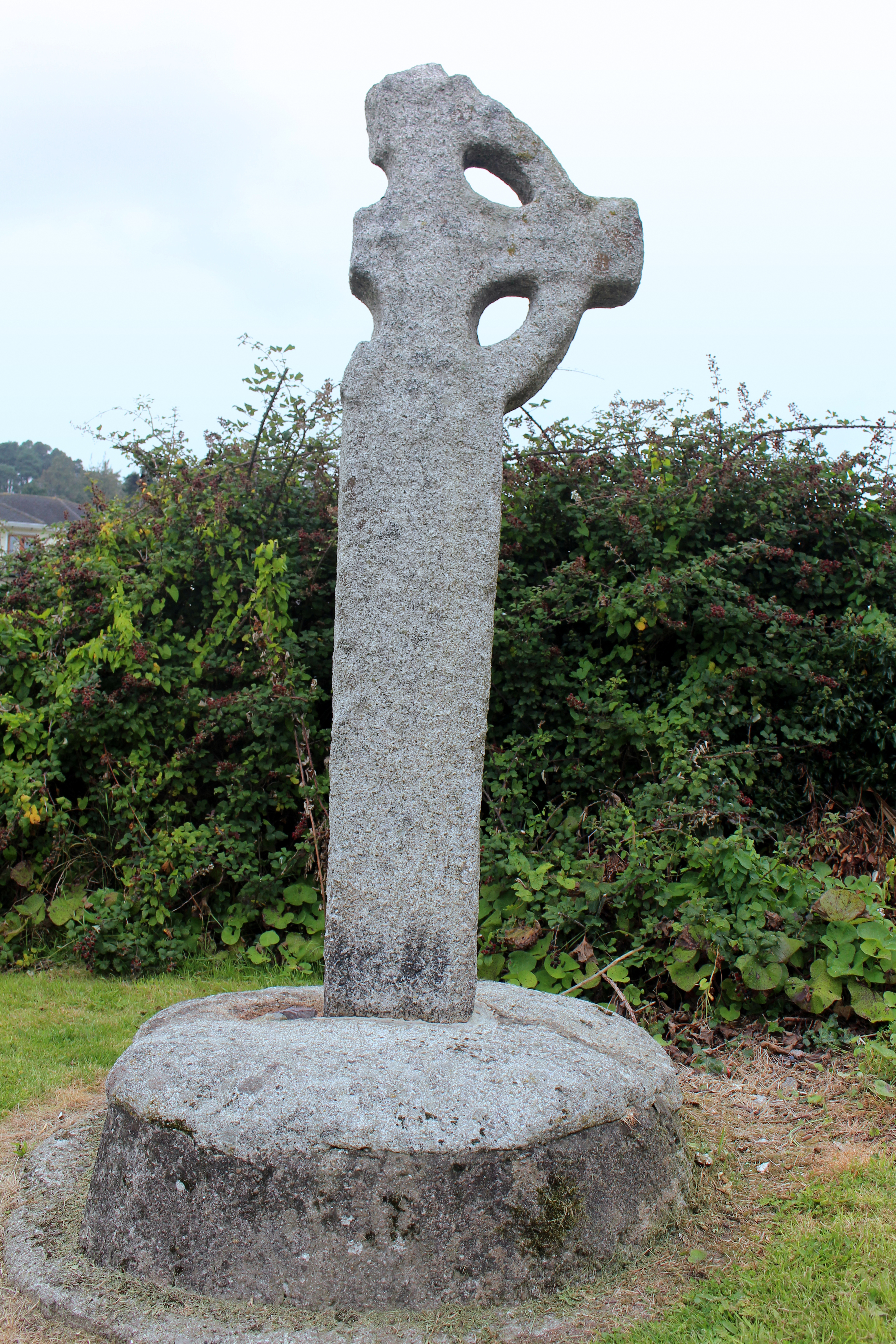Kilgobbin Cross on:
[Wikipedia]
[Google]
[Amazon]
 Kilgobbin Cross is a high cross and National Monument located in Stepaside,
Kilgobbin Cross is a high cross and National Monument located in Stepaside,
 Kilgobbin Cross is a high cross and National Monument located in Stepaside,
Kilgobbin Cross is a high cross and National Monument located in Stepaside, County Dublin
"Action to match our speech"
, image_map = Island_of_Ireland_location_map_Dublin.svg
, map_alt = map showing County Dublin as a small area of darker green on the east coast within the lighter green background of ...
, Ireland
Ireland ( ; ga, Éire ; Ulster Scots dialect, Ulster-Scots: ) is an island in the Atlantic Ocean, North Atlantic Ocean, in Northwestern Europe, north-western Europe. It is separated from Great Britain to its east by the North Channel (Grea ...
.
Location
Kilgobbin Cross is located on Kilgobbin Lane, Stepaside, about north-northwest of Stepaside town centre.History
Thetownland
A townland ( ga, baile fearainn; Ulster-Scots: ''toonlann'') is a small geographical division of land, historically and currently used in Ireland and in the Western Isles in Scotland, typically covering . The townland system is of Gaelic orig ...
of Kilgobbin () takes its name from a St Goban, of which there appear to have been many in Ireland (the hagiographies
A hagiography (; ) is a biography of a saint or an ecclesiastical leader, as well as, by extension, an adulatory and idealized biography of a founder, saint, monk, nun or icon in any of the world's religions. Early Christian hagiographies might ...
are confused). The depiction of Jesus
Jesus, likely from he, יֵשׁוּעַ, translit=Yēšūaʿ, label= Hebrew/ Aramaic ( AD 30 or 33), also referred to as Jesus Christ or Jesus of Nazareth (among other names and titles), was a first-century Jewish preacher and religiou ...
wearing a long cloak places the cross in the 10th century AD. The cross was buried in the graveyard and unearthed c. 1800.
Description
The cross is made ofgranite
Granite () is a coarse-grained ( phaneritic) intrusive igneous rock composed mostly of quartz, alkali feldspar, and plagioclase. It forms from magma with a high content of silica and alkali metal oxides that slowly cools and solidifies under ...
and stands high. It is a Celtic cross with one side broken off. An inscription on the east face shows the Crucifixion of Jesus
The crucifixion and death of Jesus occurred in 1st-century Judea, most likely in AD 30 or AD 33. It is described in the four canonical gospels, referred to in the New Testament epistles, attested to by other ancient sources, and consid ...
, with Jesus wearing a long robe. Unusually, there is a bullaun stone
A bullaun ( ga, bullán; from a word cognate with "bowl" and French ''bol'') is the term used for the depression in a stone which is often water filled. Natural rounded boulders or pebbles may sit in the bullaun. The size of the bullaun is high ...
set into the cross's base.
References
{{Reflist National Monuments in County Dublin High crosses in the Republic of Ireland